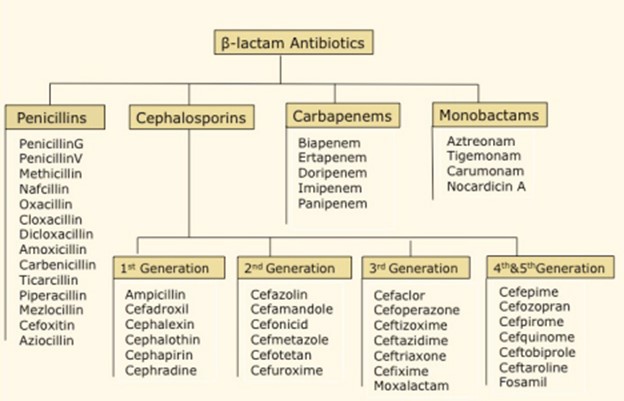In reviewing the electrolytes of a patient, the nurse notes the serum potassium level has increased from 4.3 mEq/L to 5.9 mEq/L. Which assessment does the nurse initiate first to prevent further harm?
Oxygen Stats
Pulse rate and Rhythm
Respiratory rate and depth
Deep tendon reflexes
The Correct Answer is B
An increased serum potassium level, also known as hyperkalemia, can have adverse effects on the electrical conduction of the heart, potentially leading to life-threatening cardiac dysrhythmias. Therefore, it is crucial to assess the patient's pulse rate and rhythm promptly to identify any abnormal cardiac activity.
Assessing the oxygen saturation (oxygen stats), respiratory rate and depth, and deep tendon reflexes are also important assessments, but they are not the priority in this case. Hyperkalemia primarily affects cardiac function, and prompt identification of any potential cardiac rhythm disturbances is essential to prevent further harm.
Nursing Test Bank
Naxlex Comprehensive Predictor Exams
Related Questions
Correct Answer is D
Explanation
The red tag is used to identify patients with critical injuries who require immediate medical attention. These individuals have life-threatening conditions that, with prompt medical intervention, have a higher chance of survival.
The triage color code system typically follows the following priority order:
1. Red tag: Immediate or emergent care needed for life-threatening injuries or conditions.
2. Yellow tag: Urgent care needed for significant injuries or conditions that are not immediately life-threatening.
3. Green tag: Non-urgent care needed for minor injuries or illnesses that can wait for medical treatment.
4. Black tag: Comfort care or deceased, as the injuries or conditions are incompatible with life or resources are not available for treatment.
Correct Answer is D
Explanation
Cephalosporins are similar to another group of beta-lactam antibiotics called the Penicillins. Both cephalosporins and penicillins belong to the beta-lactam class of antibiotics, which share a similar structure and mechanism of action. They inhibit bacterial cell wall synthesis by binding to specific proteins called penicillin-binding proteins (PBPs), leading to bacterial cell death. This shared mechanism of action makes cephalosporins and penicillins similar in their antibacterial effects.
On the other hand, macrolides, fluoroquinolones, and aminoglycosides are different classes of antibiotics with distinct structures and mechanisms of action. They work through different mechanisms to inhibit bacterial growth and have different spectrums of activity compared to beta-lactam antibiotics like cephalosporins and penicillins.

Whether you are a student looking to ace your exams or a practicing nurse seeking to enhance your expertise , our nursing education contents will empower you with the confidence and competence to make a difference in the lives of patients and become a respected leader in the healthcare field.
Visit Naxlex, invest in your future and unlock endless possibilities with our unparalleled nursing education contents today
Report Wrong Answer on the Current Question
Do you disagree with the answer? If yes, what is your expected answer? Explain.
Kindly be descriptive with the issue you are facing.
